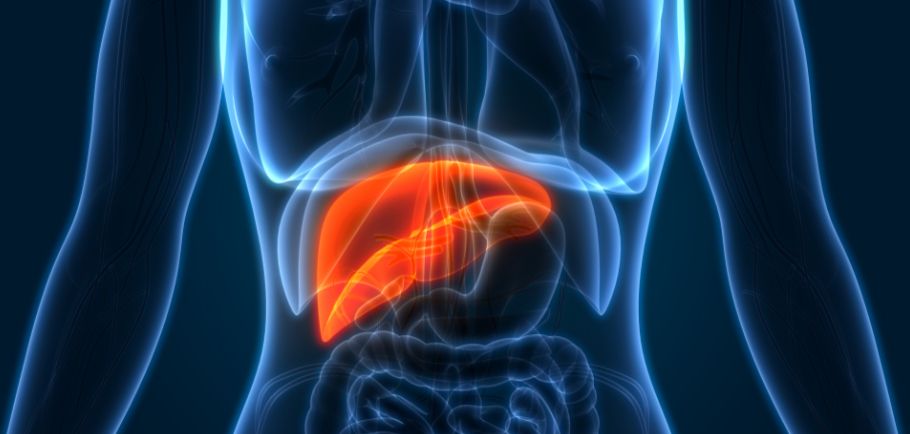Article
Neoadjuvant Libtayo Shows Promise for Patients With Hepatocellular Carcinoma
Author(s):
Twenty percent of patients with resectable hepatocellular carcinoma had a significant amount of cell death when receiving Libtayo before surgical intervention.
Libtayo (cemiplimab-rwlc) before surgery led to 20% of patients with resectable hepatocellular carcinoma to experience significant tumor necrosis (the death of most or all cells in the organ due to disease), according to results from a phase 2a study presented at the virtual AACR Annual Meeting 2021.
Surgery is the recommended first-line treatment for patients with early-stage hepatocellular carcinoma, although most tumors reoccur, which is hypothesized to be a result of micrometastases (small collection of cancer cells that shed from an original tumor and spread to another part of the body) after surgery. Neoadjuvant therapies such as Libtayo could potentially improve these outcomes, although there is no recommended treatment in this setting.
“The pathological response data support larger trials to identify optimal clinical end points that correlate with improvement in survival and to establish the utility and safety of perioperative PD-1 in patients with resectable (hepatocellular carcinoma),” said Dr. Thomas Urban Marron, assistant director of immunotherapy and early phase trials at The Tisch Cancer Institute and assistant professor at the Icahn School of Medicine at Mount Sinai, in the oral presentation on the data.
Twenty-one patients (median age, 68 years, 85.7% men) with hepatocellular carcinoma received 350 milligrams of Libayto every three weeks for two cycles prior to the surgery, and then the same dosing regimen for eight cycles following the procedure for an additional eight cycles.
Significant tumor necrosis was defined as greater than 70% necrosis of the resected tumor and was reported in four out of 20 patients after treatment with Libtayo. Three patients (15%) achieved complete tumor necrosis and seven patients (35%) achieved at least 50% tumor necrosis.
There were 90.5% of patients who experienced at least one treatment-emergent side effect of any severity, and 28.6% of patients reported a side effect that was severe or worse.
The most common any-grade side effect was increased aspartate aminotransferase (which may indicate liver disease, heart issues or pancreatitis; 28.6%), increased alanine aminotransferase (potentially indicating liver diseases; 14.3%), increased blood creatine phosphokinase (injury or stress to the muscle tissue, heart or brain; 14.3%), constipation (14.3%) and fatigue (14.3%). Most common severe or worse side effects included elevated blood creatine phosphokinase (9.5%), increased aspartate aminotransferase (4.8%) and hypoalbuminemia (low level of albumin in the blood; 4.8%).
For more news on cancer updates, research and education, don’t forget to subscribe to CURE®’s newsletters here.




